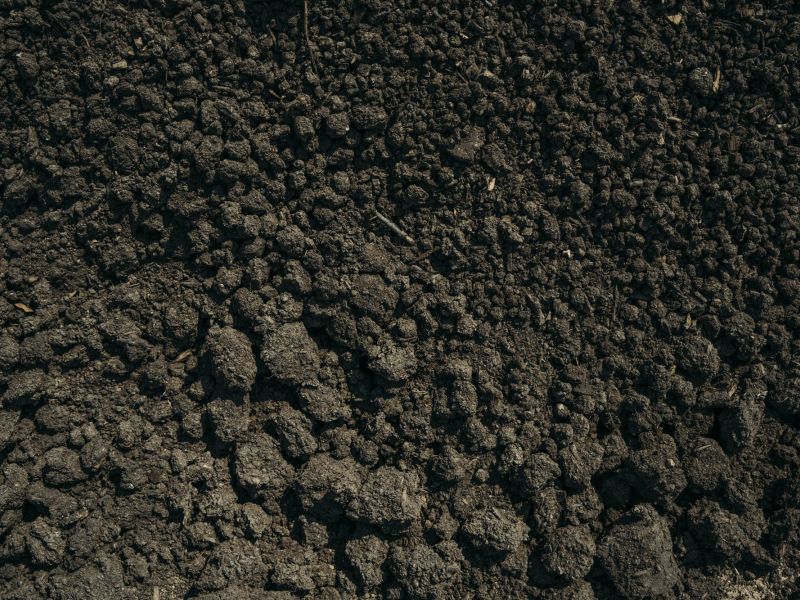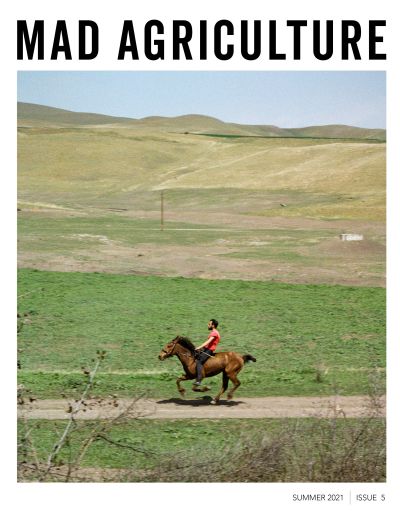
The Mad Agriculture Journal
A Guide to Phosphorus for Home Growers in Colorado
Published on
June 08, 2021
Written by
Elizabeth Black
Photos by
Jane Cavagnero
For the last 2 years, I have produced and participated in the Citizen Science Soil Health Project (the CSSHP), which is a grower-driven project created to better understand successful soil health strategies for Colorado growers, and to develop soil health leaders among participating growers. The project provides annual Haney and Phospho-Lipid Fatty Acid (PLFA) soil health tests from Regen Ag Lab for each participating grower. CSSHP growers include 16 vegetable producers, 13 ranchers, 10 commodity producers and 6 home gardeners. As one of the home gardeners in the project, I have been pleased to see our home-gardening cohort receive some of the highest soil Haney soil health scores in the project. Our years of applying manure, compost, cover crops and amendments have paid off with healthy rich soil, high in organic matter and teeming with soil microbes. Despite this attention to building organic matter, almost all of us CSSHP home gardeners have also discovered excessive phosphorus in our soils.
Phosphorus (P) is an essential plant nutrient that is used by plant cells to build DNA and regulate metabolic reactions. It is essential for adequate plant growth and fruiting, and since most veggie production is either leaves or fruits, is essential for a productive vegetable garden. But phosphorus is one of those Goldilocks-type elements: you don’t want too much or too little. You want it just right.
Excessive phosphorus can interfere with plants’ uptake of micronutrients like iron and zinc, causing chlorosis, stunting and yellow or bleached foliage. Additionally, during storms or heavy watering, excessive phosphorus can run off into nearby waterways and cause eutrophication (excessive algae or water-weed growth, water-oxygen depletion, dead aquatic animals and poor water quality).
Excessive soil phosphorus is a very common challenge for organic vegetable growers nation-wide. Our CSSHP research shows that Colorado’s organic vegetable growers are no exception. Many organic growers depend on manure or compost to fertilize. Manure is readily available, easy to apply, and provides crops with a necessary nitrogen boost. However, manures, along with some composts, are rich in phosphorus, which can build up in soils over time. So while using mainly manure and compost fertilizers for years greatly improves tilth and soil health, continuous applications can also eventually cause excessive levels of phosphorus in soil.
For decades I have conscientiously applied manure and compost to my veggie patch, and have sprinkled beds with bone meal (0-12-0) and Gardeners Special fertilizer (11-15-11), both high in phosphorus. Upon testing my soils, I found that my rich black soil has phosphorus levels well into the excessive range, at almost 5 times the highest recommended level.
So if you have used manures, composts, and fertilizers high in phosphorus for years, consider testing your soil. A routine CSU soil test is simple to collect yourself and costs $35. If your test shows “High” or “Very High” phosphorus levels, stop using high phosphorus amendments. As Will Rogers said, “If you find yourself in a hole, stop digging.”
An alternative to amending soil with manure and compost is to plant cover crops. Cover crops can provide soil with similar organic matter as manures, but without increasing soil phosphorus. A rye-vetch mix is a weed-suppressing, organic-matter-boosting, Colorado-winter-surviving, fall cover crop. Plant by October, water in, and turn under in the spring - before it gets too big to handle and at least 3 weeks before planting the next crop (Rye is allelopathic, with root exudates that discourage other plants.) Spring legume cover crops like field peas, vetch and clovers can add necessary nitrogen to your soil. Inoculate before planting, and turn under the entire plant to get full nitrogen benefits. Other high-nitrogen low-phosphorus amendments to consider include blood meal (12-0-0), fish emulsion (5-1-1), and urea (46-0-0). A final consideration for high phosphorus levels is to plant water-absorbing buffer strips around your veggie patch, to slow and absorb any nutrient run-off during storms.
